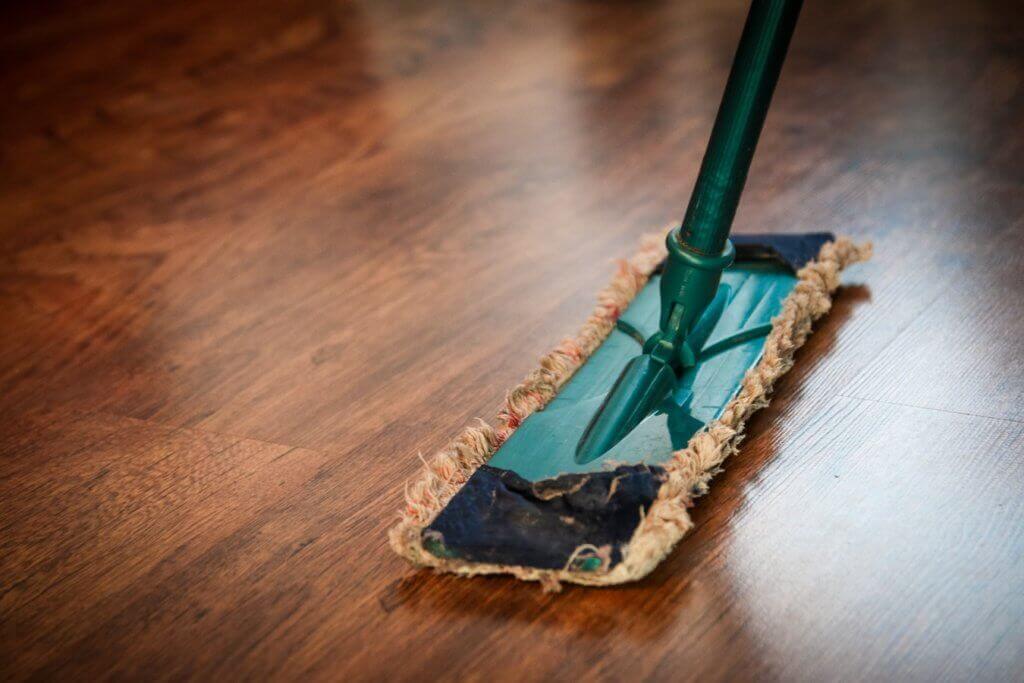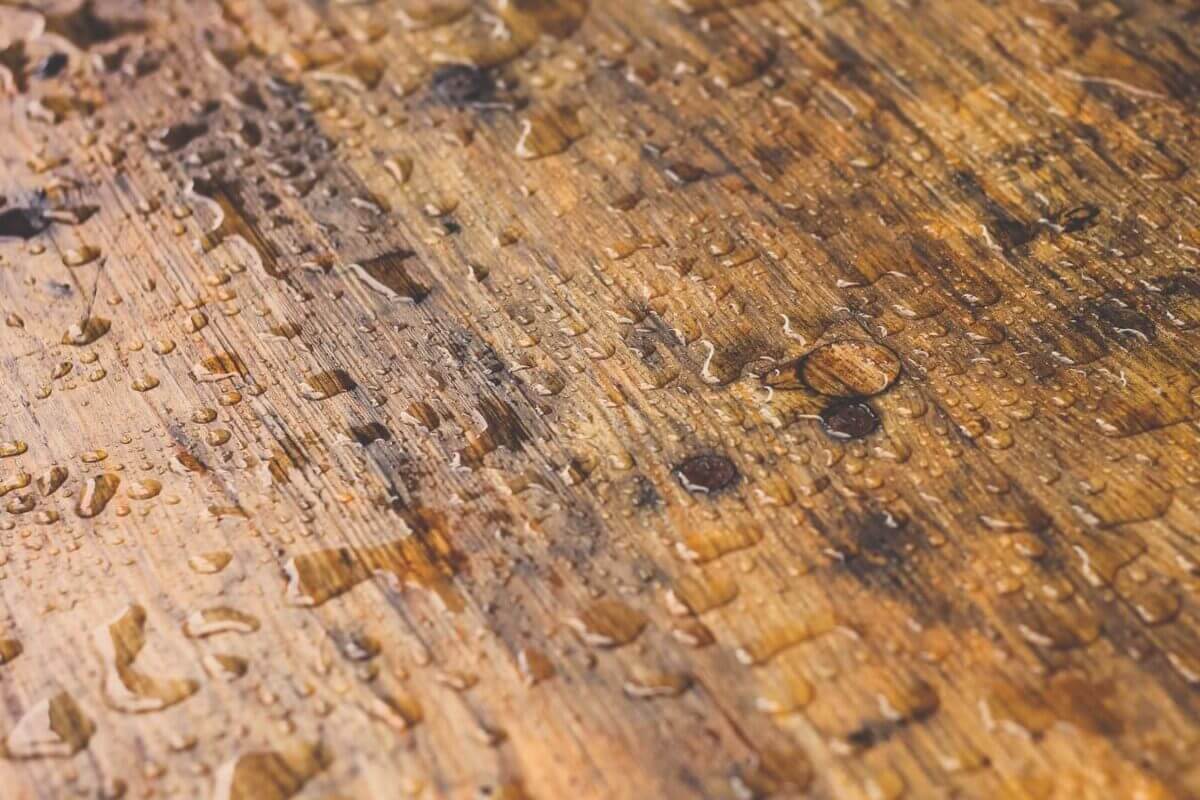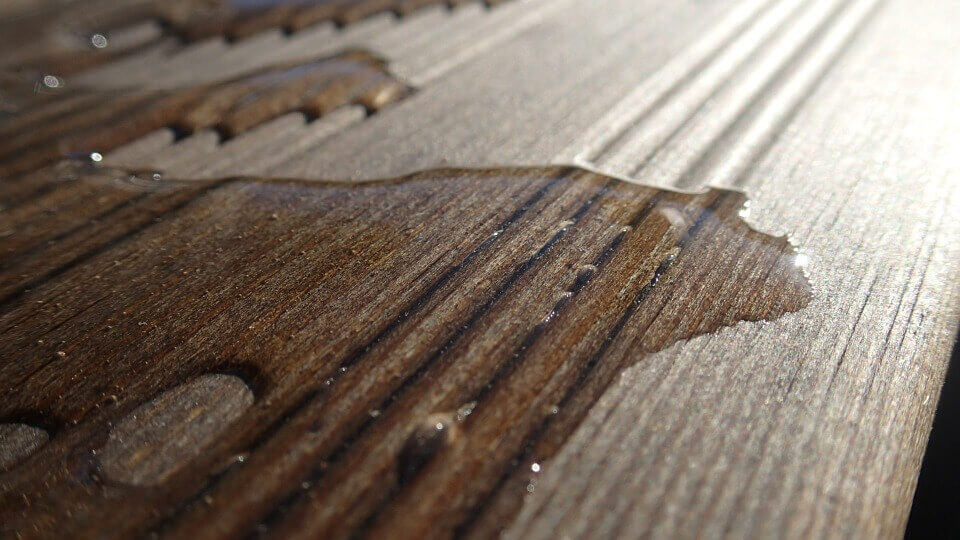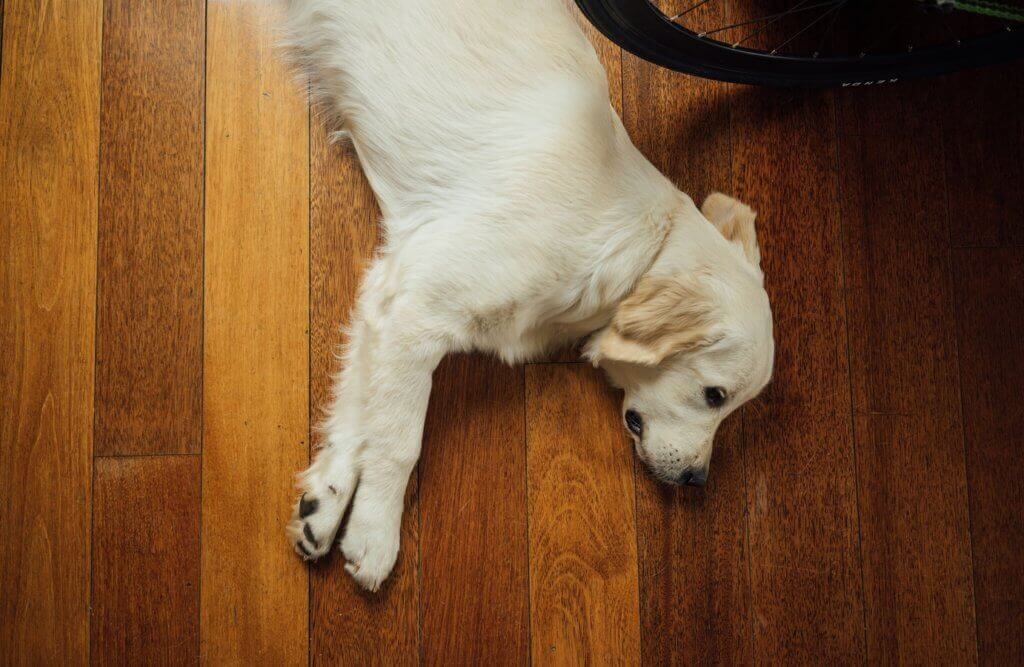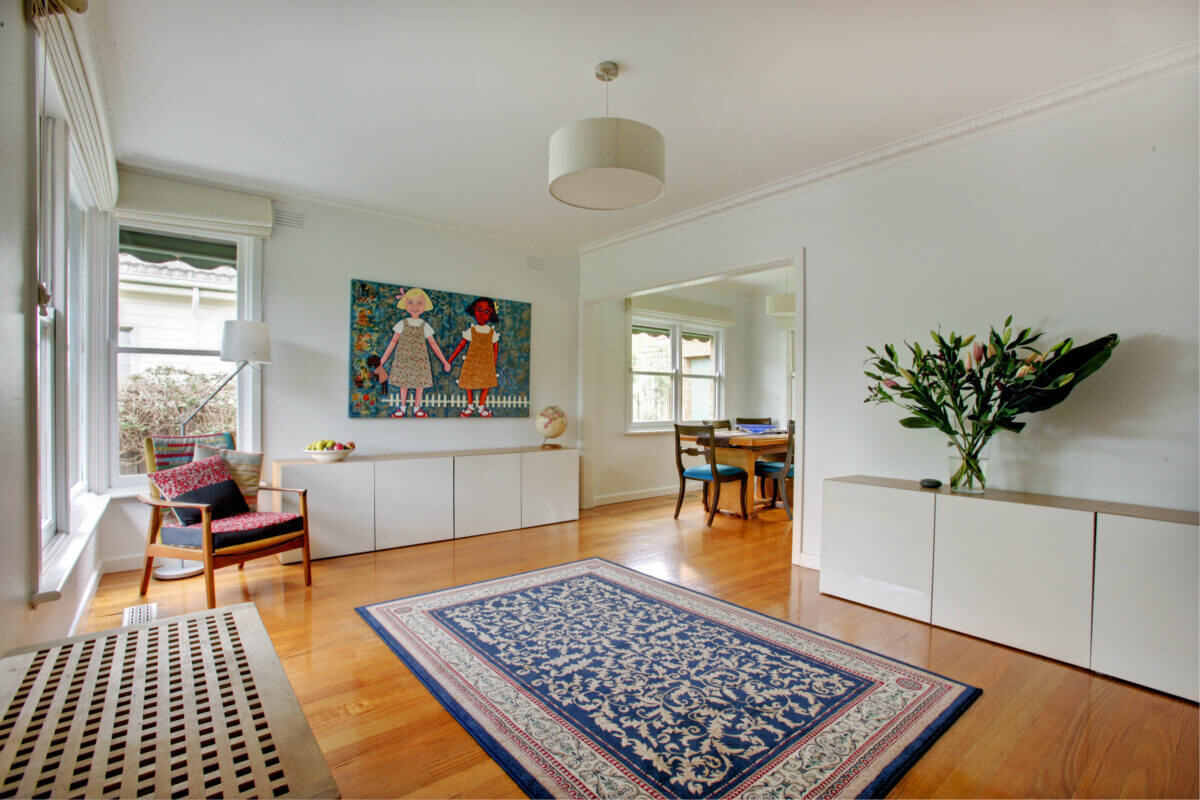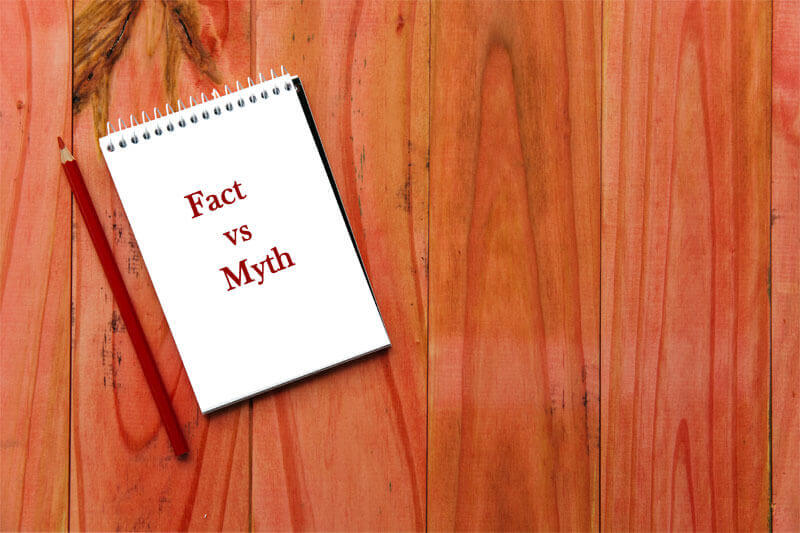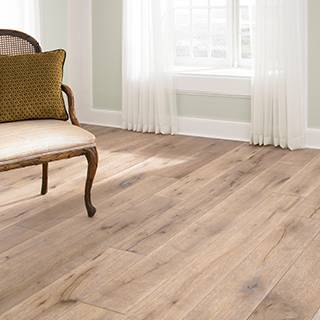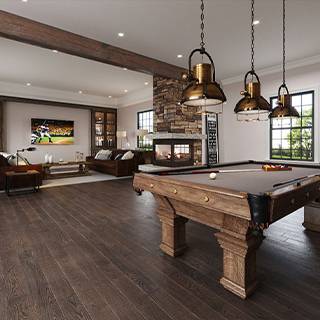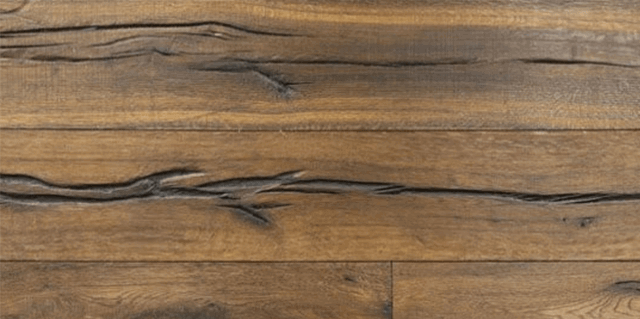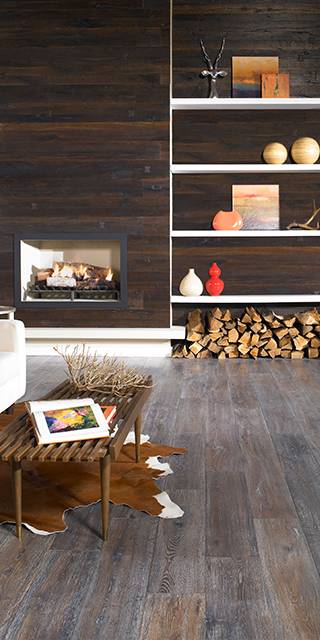Commercial and residential floors are all susceptible to the same harshness, but because of the higher traffic in commercial setups, the wood flooring might need more attention than in a home. More people access a commercial building meaning that more pressure is exerted on the floor. Other than this, there is the likelihood of placing or even dropping heavy equipment on the floor and spillage. To ensure the floor remains strong and durable, different measures than those employed in a residential setup are needed.
The Need for a Stronger Floor
A commercial floor should be stronger than a residential one because of the amount of weight it is exposed to every day. Solid wood might be an excellent choice for the home floor but not ideal for commercial floors. A stronger alternative is required. Engineered wood flooring might be a better choice. It is stronger and can handle any amount of pressure even from heavy machinery. The wood is not made from one solid piece but multiple layers of veneers that make it more stable and strong. The wood does not expand quickly and can withstand harsh temperatures and humidity.
Commercial Flooring is Prone to More Moisture
Spillages and functions in the commercial building mean that the floor is prone to more moisture and humidity. Wood does not perform well in humidity or when exposed to too much moisture for a prolonged period. It will swell and start rotting. Floors made from engineered wood tend to withstand moisture and humidity more than solid wood. Its stability means that it expands and contracts less and does not swell.
Cleaning
Because of the higher traffic commercial flooring requires more cleaning than residential. Mud, debris, and spillages are common in a busy commercial set up. For this reason, the floor should be easy to clean. Sweeping and dusting are some the cleaning procedures you can employ. For stains, wipe with a wet clothe. There are detergents specifically made for wood floors you can use to clean occasionally.
Maintenance
Commercial floors require more care and maintenance practices than a residential floor. For this reason, a more stable material should be used. You do not want to change the flooring soon after installing it because it cannot withstand the pressure or it is too costly to maintain. One of the issues to consider is the ability to expand and contract when in different environments. This destroys wood floorings faster than any other cause.
Final Thoughts
There is a need for an engineered wood flooring to curb the effects of changing environmental conditions and moisture. When exposed to moist conditions, choose a surface finishing that is water resistant. You will also find that commercial and residential floors require different finishes. The commercial one can go for an acrylic impregnated finish that hardens floors but is not recommended for residential setups. The finishing is applicable in high-traffic areas. Wax and oil can also be applied to the finished floor in a commercial setup. These are just some of the differences you will encounter in commercial and residential floors.

